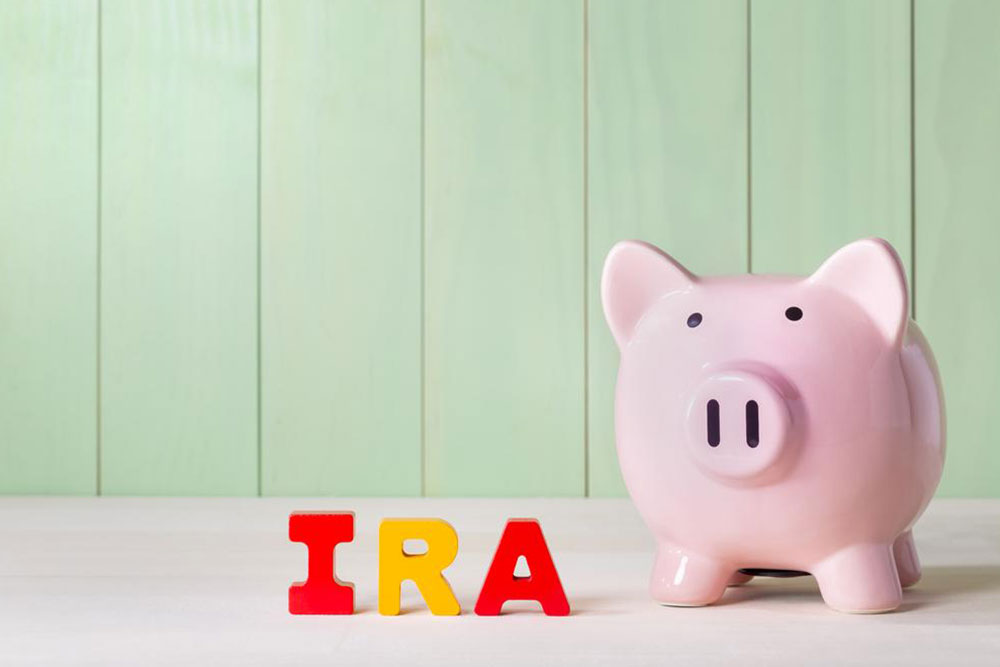Comprehensive Guide to Effective Retirement Savings Strategies for Your Future
This comprehensive guide explores essential retirement savings strategies, including pension plans, defined contribution plans like 401(k)s, and Roth IRAs. It emphasizes the importance of diversification and early planning to ensure a secure and comfortable retirement. Learn how to combine different income streams, manage investment options, and optimize your financial future with expert tips and advice.

Maximizing Your Retirement Savings with Proven Strategies
Planning for a comfortable and secure retirement is one of the most important financial goals you will pursue in your lifetime. The key to achieving this lies in choosing the right combination of savings strategies tailored to your income, expenses, and future needs. Relying solely on one source of retirement income may not be sufficient to sustain your lifestyle, especially considering inflation and unexpected expenses. Therefore, building a diversified retirement plan that incorporates multiple income streams is essential. In this comprehensive guide, we'll explore some of the most effective and widely recommended retirement savings options, giving you the insights needed to make informed decisions for your future.
Pension Plans: A Steady Source of Retirement Income
Pension plans have traditionally been a cornerstone of retirement planning, offering a dependable stream of income after retirement. These plans are relatively simple to manage since the contributions and investments are handled primarily by the employer or the pension fund itself. Usually, they are defined benefit plans, meaning retirees receive fixed payments based on their salary history and years of service. Pensions are most common in government jobs and certain unions, but they are becoming less prevalent in the private sector due to changing market dynamics and corporate policies.
One of the advantages of pension plans is their simplicity; employees do not need to actively manage their investments and can count on a predictable income. However, they do have limitations. For example, pension plans are less common outside government and union sectors, and their benefits might not be adjusted adequately for inflation, which can erode purchasing power over time. To secure a more comfortable retirement, it’s advisable to complement pension benefits with other savings options, especially if your pension is modest or uncertain.
Defined Contribution Plans: Flexibility and Control
Defined contribution plans, such as 401(k) in the United States or 403(b) for public sector employees, represent a modern approach to retirement savings. These plans empower employees to contribute a portion of their pre-tax income directly from their paycheck, often with the added benefit of employer-matching contributions. The flexible nature of these plans means you can select how much to contribute within the allowable limits and choose investment options that suit your risk appetite and financial goals.
One significant advantage is the ease of automatic payroll deductions, which encourages consistent savings without needing to think about it actively. Over time, these contributions grow tax-deferred until withdrawal, providing a substantial corpus by retirement age. It is essential, however, to stay aware of contribution limits set by tax authorities and regularly review your investment choices to adapt to changing market conditions and personal circumstances.
Roth IRAs: Tax-Free Growth for Long-Term Savings
Roth Individual Retirement Accounts (IRAs) are another popular savings vehicle, particularly useful for those who prefer paying taxes now in exchange for tax-free withdrawals during retirement. Funded with post-tax dollars, Roth IRAs allow your investments to grow without incurring future tax obligations, making them an excellent tool for tax diversification. This flexibility can be advantageous if you expect to be in a higher tax bracket in the future or want to minimize taxable income in retirement.
Individuals earning within certain income limits can contribute to Roth IRAs, and they often work well in tandem with employer-sponsored plans like 401(k)s. Combining a traditional 401(k) with a Roth IRA offers a balanced approach to tax planning, helping you hedge against future tax rate fluctuations and enhancing your overall retirement readiness.
Understanding the nuances of each of these options can help you craft a personalized retirement strategy that maximizes benefits and minimizes risks. Remember, starting early, contributing consistently, and diversifying your savings are key principles in building a secure financial future. Consulting with financial advisors can further optimize your plan to suit your unique needs and aspirations.





